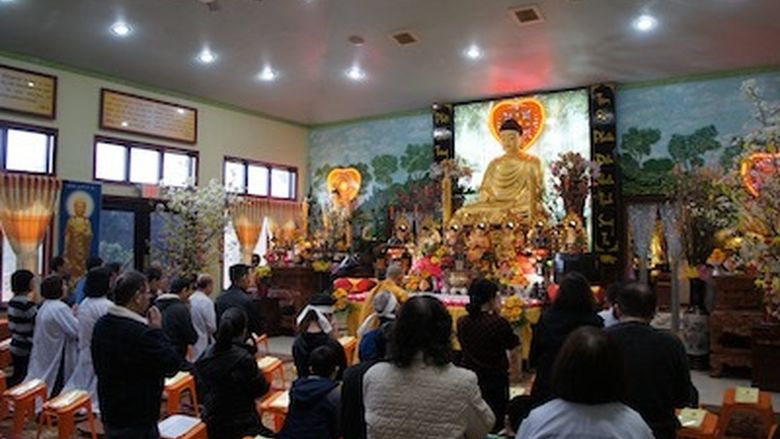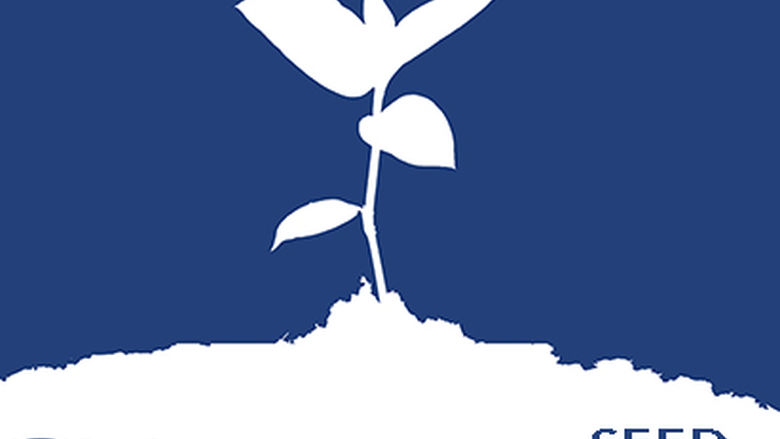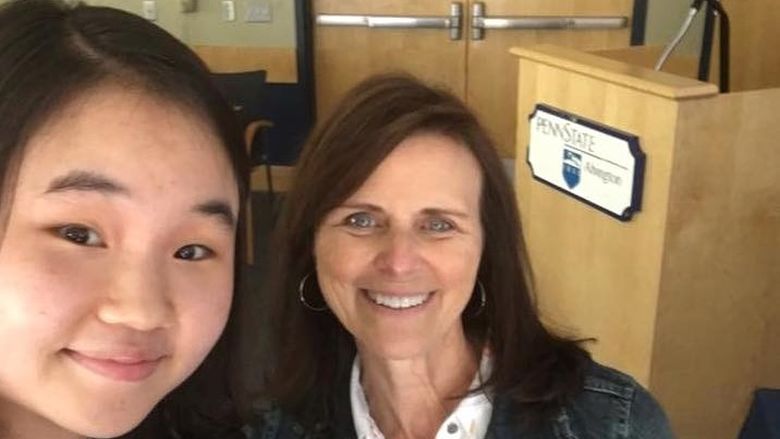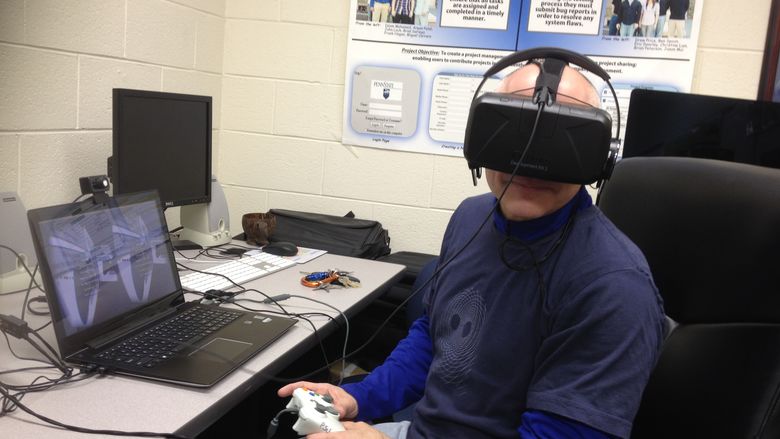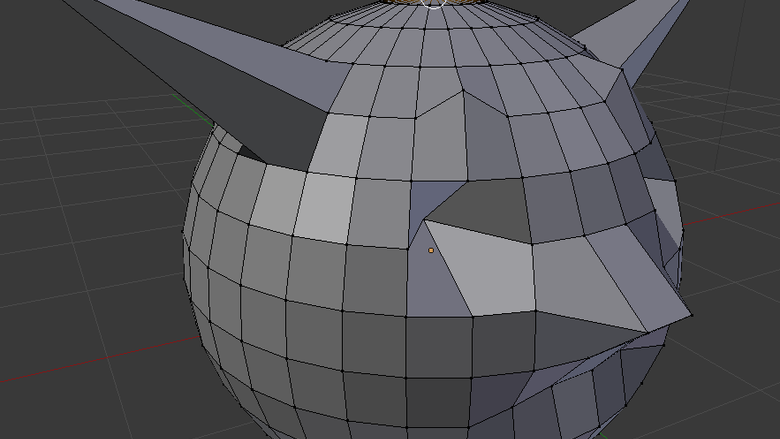The pop-up playground gave children the opportunity to be creative and play using easily found materials.
UNIVERSITY PARK, Pa. — A pop-up playground hosted by Penn State students in the city of Reading will return this spring semester to have children building and playing alongside their parents.
Meghan Owenz, assistant teaching professor at Penn State Berks, will again this semester be teaching RHS 402: Children and Families in Rehabilitation Settings and Human Services, a class that includes the pop-up playground as an embedded service learning opportunity for her students. In addition to students from Penn State Berks, students at the Harrisburg, Abington, Hazleton and Scranton campuses were also a part of the class.
The project was made possible by a grants from the Penn State’s Schreyer Institute for Teaching Excellence, the Howard O. and Jean Beaver Endowment for Community Service from Penn State Berks and a sponsorship from Makedo Cardboard Construction.
Next event scheduled from 2 to 5 p.m. Saturday, March 28, Reading Recreation Commission at 320 S. 3rd St., Reading, Pennsylvania.
Owenz and her students over the course of the fall semester planned and prepared to host the pop-up playground in downtown Reading, somewhere that people could walk to with their children. Instead of fancy playground equipment, however, the class gathered materials such as boxes, string and sheets to allow the children to engage in free, creative play.
The playground started as a big blank gymnasium at the Reading Recreation Commission in downtown Reading next to Riverfront Park. Students then covered the floors, reassembled boxes and set up areas for paint, sheets and buckets. When doors opened, children were able to come in, grab supplies and immediately get to work bringing these seemingly mundane objects to life.
The fall event was a hit with about 75 people attending, many of them staying for hours.
While the children themselves clearly had fun considering the product of what they built, it was also an important experience for the students in Owenz’s class.
Esther Ramos, junior at Penn State Berks majoring in rehabilitation and human dervices, is from Reading and the pop-up playground was a chance for her to interact with people in her hometown.
“I was happy to give back to my community and support the children of Reading,” said Ramos. “Since it is my hometown, I could not help but see those children within myself. I know that many children in Reading lack play time because of the economical stresses of the town. However, being able to see the children play with the boxes and get in touch with their imagination was amazing.”
Madison Heider attends Penn State Harrisburg and is also a Rehabilitation and Human Services major and is minoring in Psychology.
“With the amount of technology that children are exposed to it was hard for me to expect children to see a room full of scraps as an exciting time, but the collaborative creations they made were straight from their imaginations,” she said. “Having an experience to interact with the youth of Reading was eye-opening as it really personified the effects of play that we learn about within the classroom.”
Children built all kinds of things: a maze, house, mummy, tank and even a castle, said Ramos. The Penn State Berks Center for Learning and Teaching helped to produce a video from the event.
The event also created positive news coverage with an article from WITF, a public radio station based in Harrisburg, and a Sunday feature in the Reading Eagle.
A decline in free play
Testing shows that creativity in children increased from the 1970s to the 1990s, said Owenz. But the number curiously began to dip throughout the 1990s. There are many theories as to why, from increased time on electronic devices to a shift in the amount of freedom teachers have in how they run their classrooms. Interestingly, this decrease in creativity flies in the face of what is known as the Flynn Effect.
“It’s unusual because, for example, with intelligence tests we have the opposite,” Owenz said. “They call it the ‘Flynn Effect,’ that each generation looks a little bit more intelligent than the last. So we are always re-norming those tests to keep some standardization in terms of the scores.”
In addition to a service learning component, Owenz wanted to work with her students to create an event that would give children the opportunity for play alongside their parents. Part of this was a theory in the field of teaching parents to “connect before they correct.” One of the best ways to connect, she said, is through play.
“That was really the goal of the event,” Owenz said, “was to make the time and space for families to do something really fun together that maybe they don’t do at home because parents are busy, cardboard boxes are big and paint is messy.”
It’s even better if the children are taking the lead in the play and parents are following, Owenz said. That can be hard because parents know more than their children and naturally take the lead in most situations.
Teaching and learning
Cindy Decker Raynak is a senior instructional consultant and designer with the Schreyer Institute for Teaching Excellence and helps faculty develop their grant projects.
When reviewing applications for funding through the Teaching Transformation and Innovation Grant program, Raynak says she looks for clear objectives and learning outcomes.
“Meghan really had a sense of what she wanted her students to accomplish,” Raynak said. “My sense was she wanted the students to interact with the community, with children, who may not have had the same advantages.”
Owenz’s grant application also hit other boxes that Raynak said she looks for: it would impact a relatively large number of students, was replicable and was clear on how funds would be spent.
“Her entire goal was to get students out of the classroom so they would not necessarily just learn from books. Not only was she very clear on what she was doing, she had a real sense of how she was going to approach it.”
Raynak said she stresses clarity to faculty who believe they have a good idea and want to apply for grant funding.
“If anyone has a great idea, we'll consider almost anything. As long as it impacts Penn State student learning in a positive way and we can fund it within the restrictions of our our endowment, we'll consider it.”
The Teaching Transformation and Innovation Grants are open to Penn State faculty of any rank and from all campuses, programs and departments to test teaching and learning innovations.
The first step for faculty is to schedule a pre-proposal consultation with the Schreyer Institute for Teaching Excellence before March 2; faculty are encouraged to contact a Schreyer campus or college liaison. Then, faculty have until March 9 to submit a 300-word abstract. If selected to advance to the next round, faculty have until May 26 to develop a full proposal.
Returning again
Owenz said the event this spring is scheduled from 2 to 5 p.m. Saturday, March 28, again at the Reading Recreation Commission at 320 S. 3rd St., Reading, Pennsylvania. Twenty students registered for the course this semester.
The Schreyer Institute for Teaching Excellence is part of Penn State Undergraduate Education, the academic administrative unit that provides leadership and coordination for University-wide programs and initiatives in support of undergraduate teaching and learning at Penn State. Learn more about Undergraduate Education at undergrad.psu.edu.
